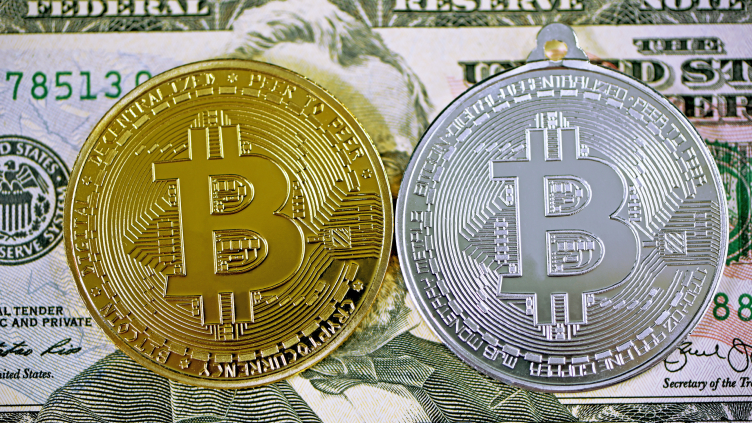Bitcoin hit a record high of $109,000 earlier this year, but a survey by chain-on analytics company GlassNode shows sales levels are far below the peaks seen in previous cycles. The survey, released on April 1, highlights the trends of investors who have bought Bitcoin between 2020 and 2022, holding assets.
This data shows that buyers from this period ranged from a low of $3,600 in 2020 to a high of $69,000 in 2021, and are not motivated to sell despite the continued fluctuating prices of cryptocurrency. The share of wealth held by these investors fell 3% from its peak in November 2024, but remains at a historically rising level, suggesting that most of these buyers still hold their position.
In comparison, investors who purchased Bitcoin five to seven years ago ended their positions by December 2024 and capitalised on a low-cost basis. GlassNode’s findings also highlight that while long-term holders hold Bitcoin, new investors are showing more sensitivity to price changes.
Short-term holders (STH), a group that includes recent buyers, are considered more responsive to price fluctuations. According to GlassNode, STHS currently holds around 40% of the wealth of Bitcoin’s network, which is lower than the 70-90% observed at previous cycle tops. This suggests that current Bitcoin market gatherings are less concentrated among speculative investors and are distributed more evenly than in past cycles.
Over the past six months, Bitcoin prices have risen to a new all-time high, but have fallen by 30%. This led to panic sales, although not to the same extent as seen in previous cycles. Data show that the level of speculative behavior is much lower compared to previous market tops. GlassNode noted that STH participation peaked at nearly 50% in 2025, but was well below the previous cycle highs, indicating a more strengthened market.
Furthermore, the inflow of Bitcoin exchanges has fallen to its lowest level in two years, indicating that fewer investors are selling or moving their assets. Despite the price surge, many holders in 2020 chose “HODL,” suggesting a shift from short-term speculation to a long-term investment strategy. The data further shows that the market has not experienced the same kind of speculative frenzy that usually comes with prices surges near the peak of the cycle.
GlassNode’s report shows more measured market behavior compared to past Bitcoin cycles, in which speculative trading accelerated rapid market revisions. This study suggests that while Bitcoin remains unstable, current market dynamics are less driven by speculative behavior and focused on long-term retention.

